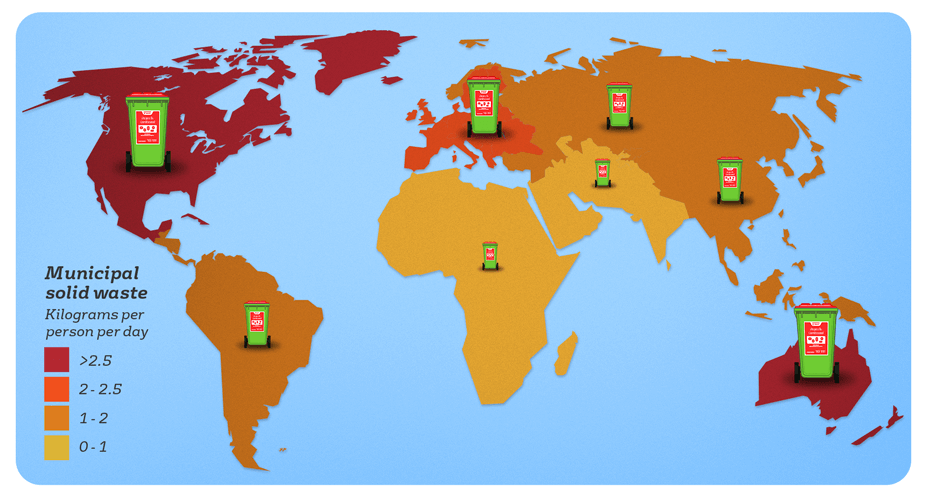
Unlike all of Europe and most of Asia, Australia is rich in space. Our cities can sprawl - and they do. As such, our waste also sprawls into ever-expanding landfills, where it is, for want of a better word, wasted. Australia is in fact one of the biggest producers of municipal waste per capita in the world.
It’s true that as a nation, we are excellent recyclers. Every year we save 25 million tonnes of waste from going to landfill. But it takes very little to make a truckload of separated waste unusable. This is the general waste problem.
The general waste problem
Even some of the most environmentally-savvy people don’t fully understand where everything goes in our complicated waste and recycling system.
For example, many of us think pizza boxes are an excellent candidate for recycling. After all, they’re made of cardboard! But if they are contaminated with leftover food, pizza boxes cannot be recycled into new paper products. And when we try to recycle them, it’s a problem.
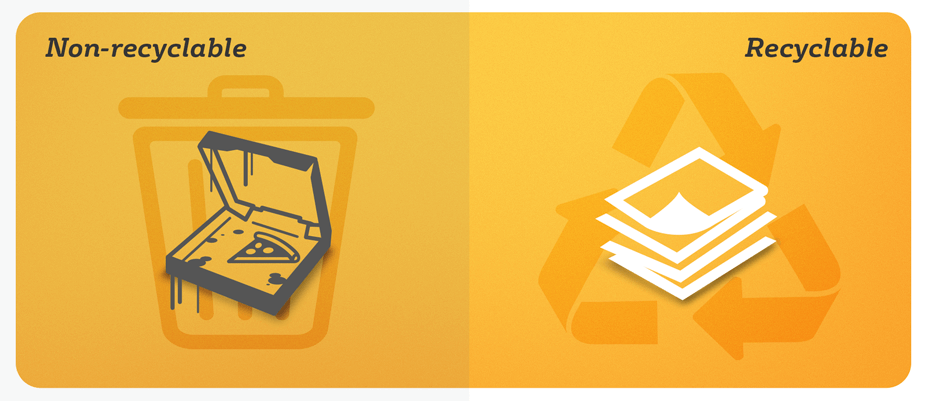
There are the non-recyclers who don’t care, and the misguided recyclers who put things like wood and styrofoam in the recycling bin. All this creates havoc in the various streams of recyclable waste.
On top of this, there is still a huge stream of unrecyclable waste being produced every day. That stream of waste is called Municipal Solid Waste (MSW).
Landfills can be helpful
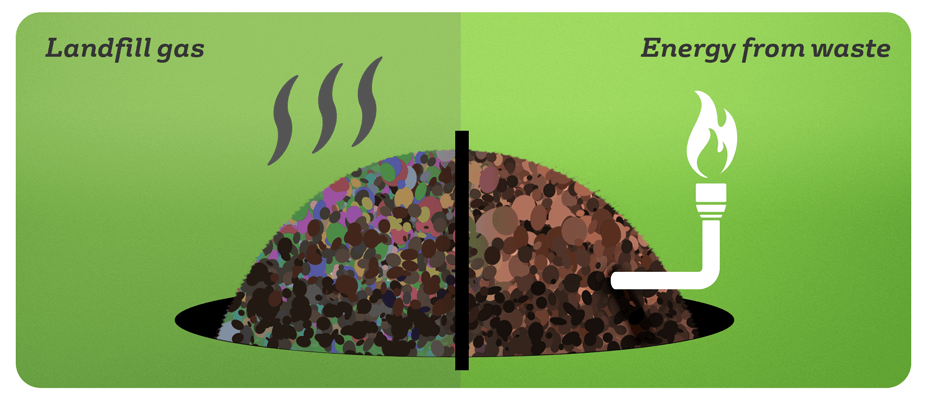
You might be surprised to hear that landfills can be used in the rehabilitation of degraded mine sites, filling the holes where raw materials have been excavated. However, organic waste is a major component of waste in landfills, and this produces methane, which is a greenhouse gas.
The upside is that the methane and other gases produced in landfills, which are collectively called ‘landfill gas’, can be captured and used as fuel to produce energy. That may sound like a less than sustainable process, but it turns out to be the right thing to do.
Why burning landfill gas makes sense
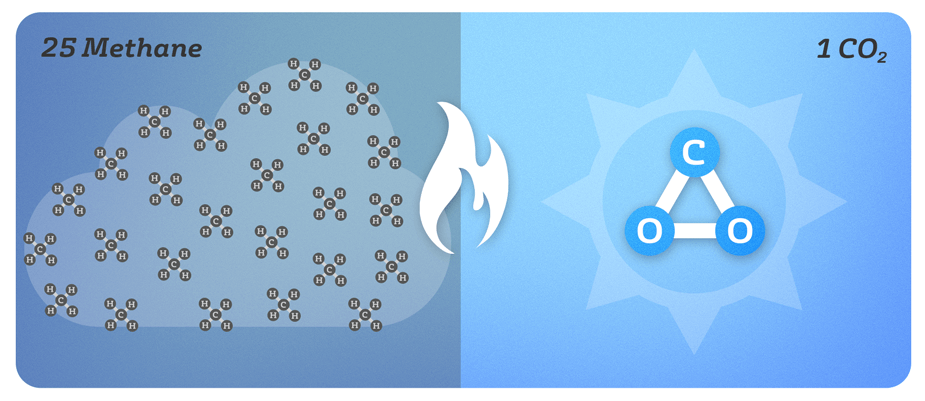
Methane is 25 times more potent than CO2 as a greenhouse gas. Burn the methane to create energy and you get an equivalent amount of CO2 and water. That’s an automatic 25 times reduction in the landfill’s production of greenhouse gases.
But what about the CO2?
The methane is being produced from the breakdown of organic matter in the MSW stored in landfill. That organic matter was going to break down anyway, and its carbon was going to return to the environment and be re-absorbed by growing plants sometime in the future. It was already part of the natural carbon cycle.
So, it’s different to CO2 from fossil fuels, which comes from digging up carbon-based materials that were removed from the natural carbon cycle tens or even hundreds of millions of years ago.
This participation in the natural carbon cycle means that waste’s decay, slowly and naturally by microbes, or rapidly by combustion, makes it a renewable energy source.
EarthPower – skipping landfill and going straight to renewable energy (and fertiliser)
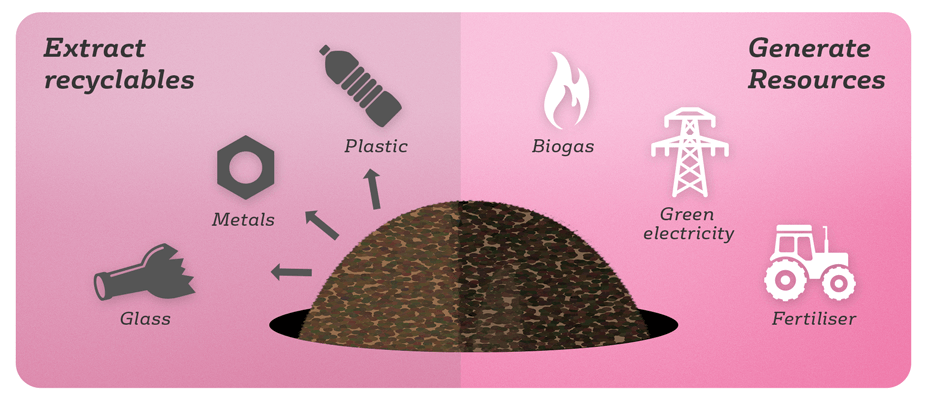
Instead of burning landfill gas as it is produced, we can move directly to extracting value and energy from organic waste. This is the transformative power of Energy from Waste (EfW) technology.
The biogenic content of wastes - the renewable organic waste from the kitchen, and other residues from food processing and restaurants - can all be used to produce energy in a renewable and sustainable way.
In Australia, Veolia’s EarthPower facility in Camellia, NSW, turns food waste into energy using what is, basically, a scientifically optimised version of the process that occurs in landfills. It is called anaerobic digestion, and it relies on microbes to turn organic waste into biogas. This biogas is then used as fuel input for EarthPower’s cogeneration system, which produces heat and green electricity that is sold into the grid.
The leftovers from this process form valuable fertiliser, which is then sold to farmers. Some farmers are using this same process themselves on their waste, but on a smaller scale to generate their own energy or to provide heat to the sheds, holding their cattle or chickens.
Energy from waste – production of fuels and incineration
MSW also contains many other non-organic components, such as plastics or materials manufactured from plastics. These can be used as an alternative fuel source, although they aren’t considered renewable because plastic is generally sourced from fossil fuels.
There are already many facilities in operation around the world producing alternative fuels from plastic and from waste biomass (i.e. manufactured wood products). There are many more Energy from Waste plants in operation burning MSW (both organic and inorganic wastes) to create energy, using a mixture of technologies. The main process being used is incineration to generate electricity and heat, with advanced technology filtering the exhaust air to minimise emissions to the atmosphere.
Making EfW the solution to the general waste problem
As individuals, we can do our bit by ensuring we keep general waste out of the recycling, so they don’t contaminate the millions of tonnes of paper that is recycled in Australia every year.
But if we want to go even further, we need to look to an energy-from-waste future.
EarthPower proves that EfW can play an important role in switching to renewable and sustainable energy sources, as well as reducing our reliance on landfills for organic wastes.
What can we do to bring more EfW facilities to Australia?
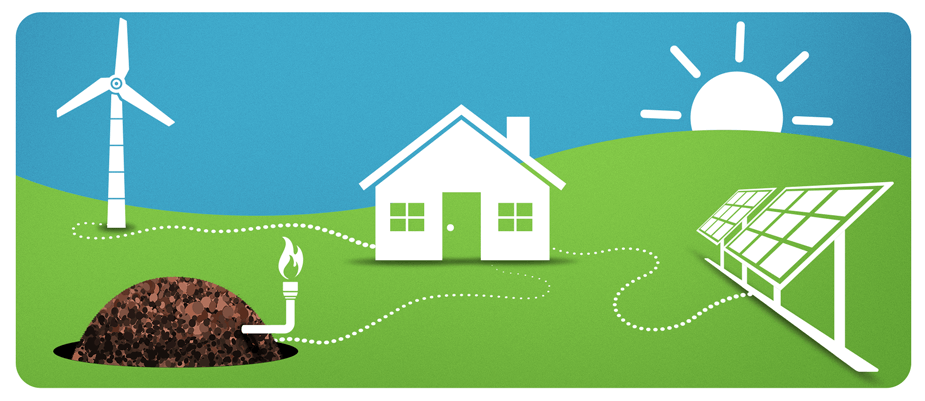
We need to develop EfW solutions tailored to the Australian market. Innovation and collaboration are much discussed, but it’s time we devoted resources to working together to create the EfW solutions Australia needs.
As individuals, we can support legislation that will help make EfW viable. As participants in the waste management industry, we can work together to educate the public and assist the government in setting up the infrastructure and incentives needed to make EfW a reality here in Australia. EfW facilities are big projects, and they require collaboration on many levels to be successful. Now is the time to start laying the groundwork and building the connections and know-how we’re going to need to resource Australia.
Let’s start talking about how we can help Australia become better at handling waste with our families, at parties and wherever else general waste is generated. The benefit will be a richer diversity of waste treatment options for our expanding cities. But we’ll also be taking a major step toward a fully renewable and sustainable economy – one in which our waste is never wasted.

